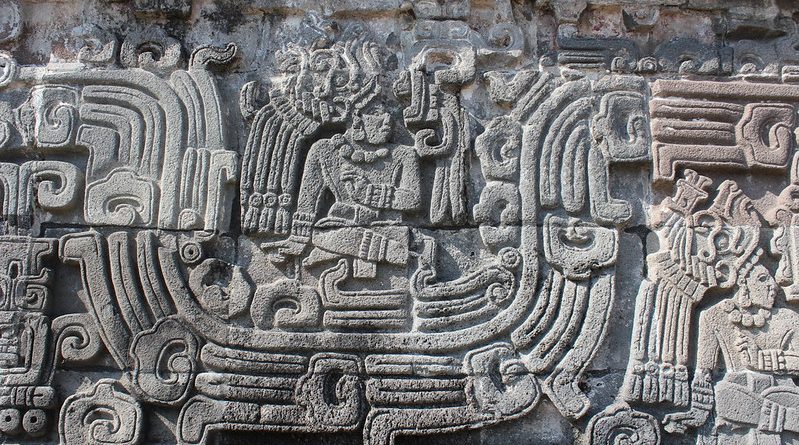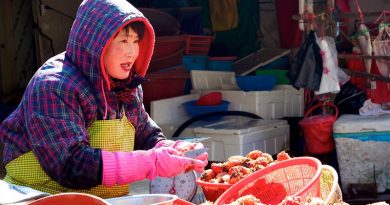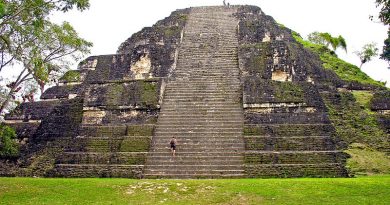The Mayan flower trade
Over 50 years ago, villagers living in the rainforest surrounding the ancient Maya ruins of Tikal in Guatemala were able to make a decent living collecting natural gum from wild chicle trees in the forest, which was then flown to the USA in order to be made into chewing gum.
It was a big, profitable business while it lasted, but during the 1960s Wrigleys and other chewing gum companies discovered that they could use synthetic, man-made gum, which was massively cheaper to manufacture than wild chicle was to source from the forest. As a result, villagers living in the Guatemalan jungle had to turn to other sources of income.
Between the 1960s and 1980s especially, many locals turned to looting the ruins of numerous ancient Maya cities that were lost in the remote jungle, undiscovered by archaeologists, and selling the looted artworks they dug up to unscrupulous art dealers from the US in particular.
Fortunately, illegal looting has been clamped down on in recent decades, and villagers have been able to find a much less destructive, more sustainable alternative source of income – Xate leaves. Xate, which grows wild in the forest and is also now managed in plantations, is hugely popular internationally for use in flower arrangements, due to its unique and remarkable characteristic whereby after being cut from the forest the plant can last for as long as two months just as fresh as when it was cut. Bought by international dealers, the Xate is flown out to the US & Europe especially, where it’s now an essential item of the florist trade.




